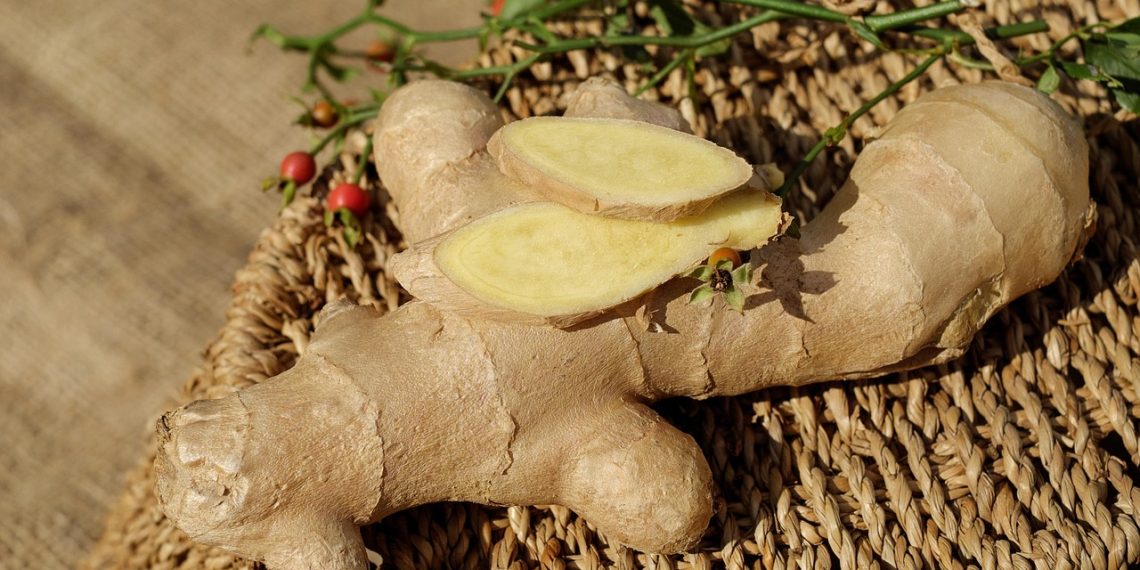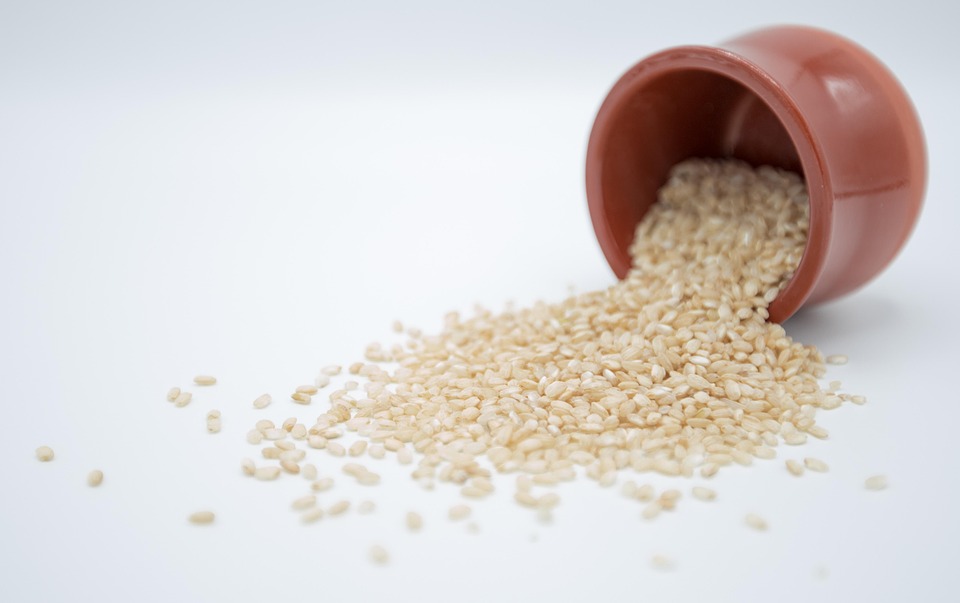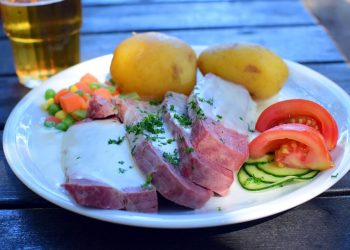Contents
5 Simple Steps to Use Ginger for Ankle Inflammation Relief
Did you know that ginger has been used for centuries not just as a spice but also for its medicinal properties? Ancient cultures revered it for its ability to alleviate various ailments, including inflammation. If you’ve ever experienced ankle inflammation—whether from an injury, arthritis, or just plain overuse—ginger’s potential benefits might just be what you need. Today, let’s dive into five simple steps on how to harness ginger for ankle inflammation relief.
Understanding Ankle Inflammation
Before we get into the nitty-gritty of using ginger, let’s take a moment to understand what ankle inflammation is. It typically occurs when the tissues around the ankle become swollen, often due to injury, arthritis, or other underlying conditions. Symptoms may include pain, stiffness, and swelling. While conventional treatments often involve rest, ice, compression, and elevation (the RICE method), adding ginger to your routine can provide a natural boost to your recovery.
Step 1: Ginger Tea for Internal Relief
One of the simplest ways to incorporate ginger into your routine is by making ginger tea. This warm, soothing drink not only offers hydration but also packs a punch of anti-inflammatory properties.
How to Make Ginger Tea
- Ingredients: Fresh ginger root, water, and optional honey or lemon.
- Preparation:
- Peel and slice about a 1-inch piece of ginger root.
- Boil 2 cups of water in a pot.
- Add the ginger slices and let it simmer for about 10-15 minutes.
- Strain the tea and add honey or lemon to taste.
Drinking ginger tea 2-3 times a day can help reduce inflammation from the inside out. Some studies suggest that ginger can inhibit the production of inflammatory substances in the body (Zhang et al., 2020).
Pros and Cons
Pros:
- Easy to make.
- Provides hydration.
- Can be enjoyed warm or cold.
Cons:
- Some people may find ginger too spicy.
- Overconsumption can lead to stomach upset.
Step 2: Ginger Compress for Direct Application
If you’re seeking immediate relief, a ginger compress can be a game-changer. This method applies the anti-inflammatory properties of ginger directly to the affected area.
How to Prepare a Ginger Compress
- Ingredients: Fresh ginger, water, and a clean cloth or gauze.
- Preparation:
- Grate a 1-inch piece of ginger and boil it in 1 cup of water for about 10 minutes.
- Strain the mixture and let it cool until it’s warm but not hot.
- Soak the cloth in the ginger-infused water and wring it out.
- Apply the compress to your ankle for 20-30 minutes.
Using this compress 2-3 times a day can help alleviate swelling and pain.
Pros and Cons
Pros:
- Targeted relief where it’s needed most.
- Easy to prepare.
Cons:
- May require more time than simply drinking tea.
- Can be messy if not handled carefully.
Step 3: Ginger Essential Oil for Massage
Ginger essential oil is another excellent option for those looking to relieve ankle inflammation through massage. This method combines the benefits of ginger with the soothing effects of a gentle massage.
How to Use Ginger Oil
- Ingredients: Ginger essential oil and a carrier oil (like coconut or olive oil).
- Preparation:
- Mix 2-3 drops of ginger essential oil with a tablespoon of carrier oil.
- Gently massage the mixture into the inflamed area of your ankle for about 10 minutes.
This method not only helps with inflammation but can also improve circulation in the area, promoting healing.
Pros and Cons
Pros:
- Provides a dual benefit of massage and anti-inflammatory properties.
- Can be easily integrated into your daily routine.
Cons:
- Essential oils can be potent; always perform a patch test first.
- Not suitable for everyone, especially those with sensitive skin.
Step 4: Ginger-Infused Foods
Integrating ginger into your meals is another delicious way to combat inflammation. From stir-fries to smoothies, the culinary applications are endless.
How to Use Ginger in Cooking
- Smoothies: Add a teaspoon of fresh ginger to your morning smoothie for a spicy kick.
- Soups: Incorporate grated ginger into soups or broths for added flavor and health benefits.
- Stir-fries: Use ginger as a seasoning in your favorite stir-fry dishes.
Ginger’s versatility makes it easy to include in your diet, and its anti-inflammatory effects can be cumulative when consumed regularly.
Pros and Cons
Pros:
- Enhances flavor while providing health benefits.
- Easy to incorporate into various dishes.
Cons:
- Cooking can sometimes diminish some of ginger’s health properties.
- Requires some creativity in meal planning.
Step 5: Ginger Supplements
If you’re not keen on the taste of ginger or find it challenging to incorporate it into your diet, ginger supplements are an alternative. These can come in various forms, including capsules, powders, and extracts.
How to Choose Ginger Supplements
- Look for high-quality brands with third-party testing.
- Pay attention to dosage; most studies use doses ranging from 500 to 1,000 mg per day.
- Consult a healthcare provider before starting any supplement regimen.
While supplements can be effective, they may not provide the same holistic benefits as whole food forms of ginger.
Pros and Cons
Pros:
- Convenient and easy to take.
- No taste issues.
Cons:
- Less synergistic benefits compared to whole food sources.
- Potential for side effects, especially at high doses.
FAQs
Q1: How long does it take to see results from using ginger for ankle inflammation?
A: Results can vary depending on the severity of the inflammation and the method used. Some people may notice relief within a few days, while others might take longer.
Q2: Can I combine ginger with other anti-inflammatory foods?
A: Absolutely! Ginger pairs well with turmeric, garlic, and leafy greens, all of which have anti-inflammatory properties.
Q3: Are there any side effects of using ginger?
A: While ginger is generally safe for most people, excessive consumption can lead to stomach upset or heartburn. It’s best to start with small amounts and see how your body reacts.
Q4: Is ginger safe to use during pregnancy?
A: Ginger is often considered safe in moderation during pregnancy, but it’s always best to consult a healthcare provider for personalized advice.
Conclusion
Incorporating ginger into your routine for ankle inflammation relief can be a rewarding journey. Whether you choose to sip on ginger tea, apply a compress, or indulge in ginger-infused dishes, the potential benefits are worth exploring. Remember, while ginger can be a helpful ally, it’s essential to listen to your body and consult with a healthcare provider for persistent issues.
As research continues to unveil more about ginger’s properties, it’s clear that this humble root has a lot to offer. So, why not give it a try? Your ankles might just thank you!
Disclaimer: This article is for educational purposes only and is not a substitute for professional medical advice. Always consult a qualified healthcare provider before making changes to your health routine.
References
-
Zhang, Y., Chen, Y., & Wang, C. (2020). The effects of ginger extract on inflammation: A systematic review and meta-analysis. Journal of Ethnopharmacology, 258, 112838. https://doi.org/10.1016/j.jep.2020.112838
-
Mayo Clinic. (n.d.). Ginger: Overview. Retrieved from https://www.mayoclinic.org/drugs-supplements-ginger/art-20362614
-
National Institutes of Health. (n.d.). Ginger. Retrieved from https://nccih.nih.gov/health/ginger
-
Harvard Health Publishing. (n.d.). The health benefits of ginger. Retrieved from https://www.health.harvard.edu/staying-healthy/the-health-benefits-of-ginger
Get Your FREE Natural Health Guide!
Subscribe now and receive our exclusive ebook packed with natural health tips, practical wellness advice, and easy lifestyle changes — delivered straight to your inbox.














